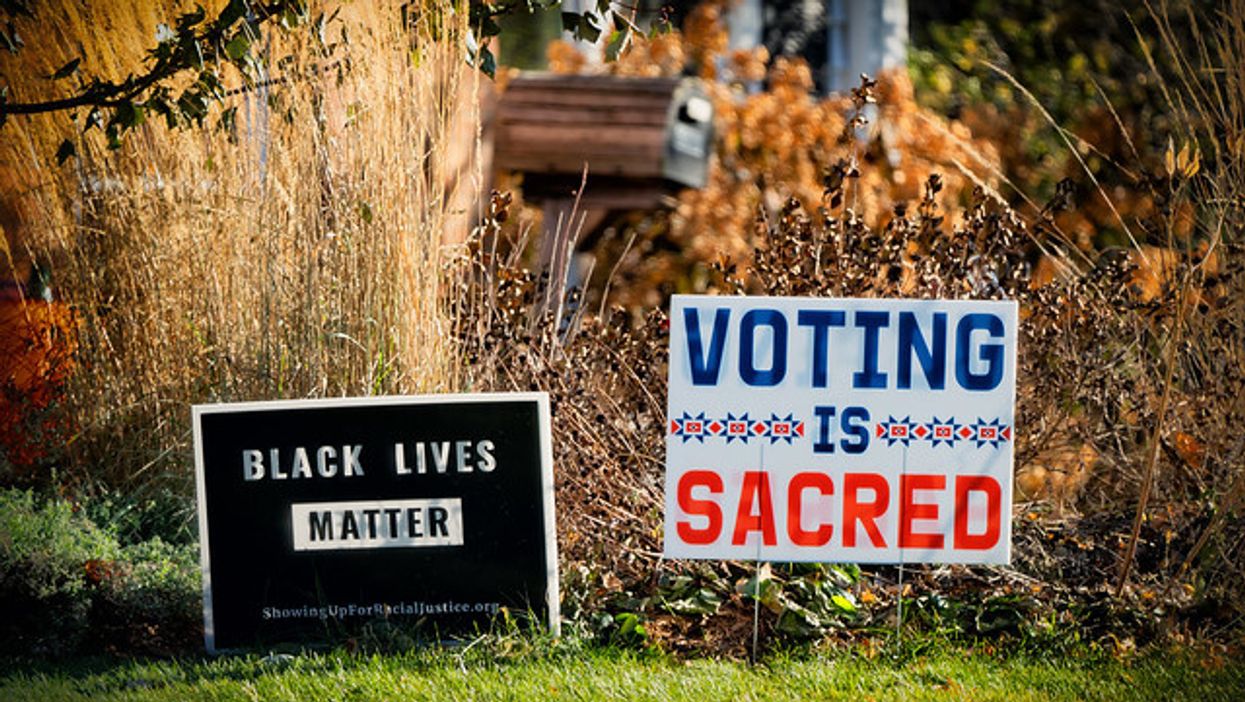
As I write this, we don't know the winner of the 2020 presidential race. By the time you read it, we still may not know. There are votes to be counted.
What seems very apparent, though, is that Democrats did not enjoy the romp that they and some political prognosticators had expected. They were running against the much-disliked President Donald Trump during a public health crisis and spreading economic despair.
Joe Biden made a few mistakes, but he was fine as a candidate. His problem is his party, what Democrats seem to stand for in the eyes of too many. And those impressions are set by elite media, largely based in Manhattan and estranged from the rest of the country.
Just in time for the election, Vanity Fair put Alexandria Ocasio-Cortez on its cover. AOC represents parts of working-class Queens and the Bronx, but her base is largely the liberal gentry who've moved in. Along with her mentor Bernie Sanders, AOC calls herself a democratic socialist. From the Vanity Fair treatment, you'd forget that she was just one cog in a 232-member Democratic House caucus.
There is nothing particularly socialistic about AOC's ideas, nor even Sanders'. It seems more a fashion label. But then you have them appearing as spooky apparitions in Republican ads.
Of course, she won reelection. Max Rose, a tough-talking veteran who, two years ago, triumphed in a law-and-order district in Staten Island, was not so lucky this time around.
After the George Floyd murder, The New York Times took on an obsession with police brutality that lost all sense of balance and nuance. There were horrific cases of police misconduct, to be sure, but also tense, complicated situations. The Times saw no gray areas. If something happened, if someone made a complaint, the police, it seemed, had to be at fault.
It's a bad thing to shoot a harmless person who's clearly mentally ill. But if the deranged person is waving a machete, things get complex.
The low point was in July when, during the Black Lives Matter marches in New York City, the Times put together videos of confrontations between police and protestors. "N.Y.P.D. Says It Used Restraint During the Protests," the headline read. "Here's What the Videos Show."
Who took them? The Times didn't say. There was no context. One snippet showed an officer pushing a woman to the ground but not what came before. Was she a victim of abusive policing — or had she kicked him right before someone pressed the record button?
Identity politics are political poison, but identity topics — gender and race — ruled the Times' front page and opinion page for months. There were a lot of self-pitying "Do I have a place in America?" pieces. One columnist actually berated Democrats for choosing Biden after someone made a wild accusation of sexual impropriety. The accuser, it turned out, was a disturbed woman with a troubled history.
No one has to subscribe to the Times, and it still provides serious political and economic reporting that, for me, justifies the monthly charge. But its naive sociology-department analyses of a messy world get amplified through other media and become the nation's idea of what liberals think.
And that can haunt Democrats on election days. These conspicuous liberal voices set an agenda that doesn't even appeal to many of the "oppressed peoples" they profess to champion. It turned out that blacks and Hispanics also worry about crime. Look at the vote count in Miami.
While we still don't know who won the election, this much is clear: It should have been a lot easier for Democrats to knock off Trump.
Follow Froma Harrop on Twitter @FromaHarrop. She can be reached at fharrop@gmail.com. To find out more about Froma Harrop and read features by other Creators writers and cartoonists, visit the Creators webpage at www.creators.com.
- Are Women's Magazines Just 'Liberal Cheerleaders'? - National Memo ›
- WATCH: Sarah Palin Distrusts 'Liberal' Media, 'Liberal' Pope ... ›
- Conservative Or Liberal? Here's What Americans Really Believe ... ›








